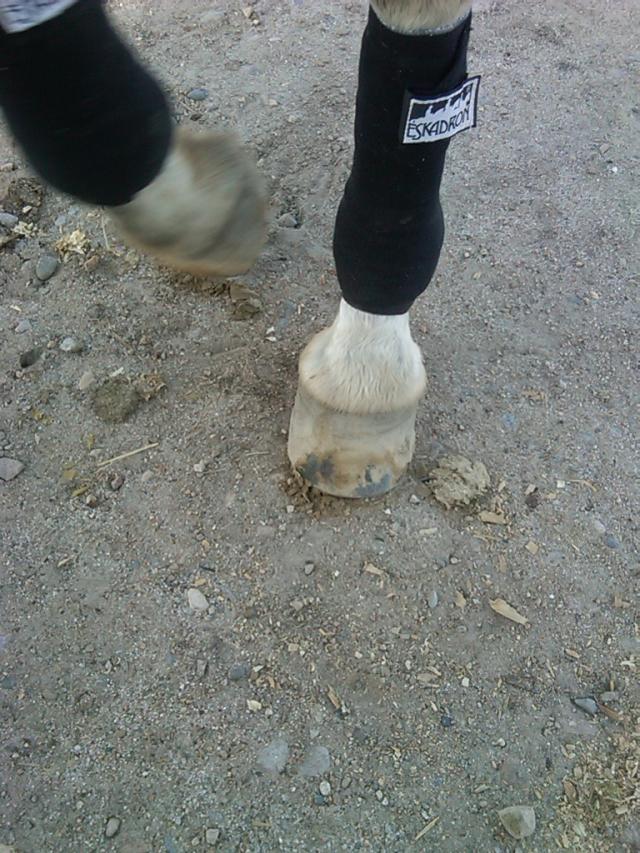
In between conditioning rides, endurance rides, work and my home life, I embark on a 10-minute drive down the road, trailer and pony in-tow, every Wednesday evening. My route includes a three mile drive down the dirt roads that often serve as my warm-up and cool-down, left at the green gates and into the pavement. We are going to dressage. It’s funny how everything can change on that 10-minute drive, I leave behind wild gallops up the draws, long trots down the road and silly spooks left and right at the horse-eating rocks, whistle pigs and dark spots in the dirt.
We pull into the drive of a beautiful barn, complete with dutch doors to the outside, lush grass pastures, 17hh imported warmbloods and a trio of mischievous Haflinger ponies. This barn is owned and operated by husband (also imported- from Switzerland!) and wife, both sporting an impressive resume of achievements in the dressage ring.
Ironically I started riding at this barn when I was just ten years old. I had an old, crippled, amazing OTTB, Poor Will. Gee, I wonder why he couldn’t, or wouldn’t, run! He was 16.3 and a true gentle giant. Life changed when William was no longer serviceably sound, and I moved to an Arabian barn closer to home. To get on with things, last year I decided I was missing something in my (horse) life and called up to schedule dressage lessons.
Considering I do many miles completely barefoot for endurance, I never paused to think about the effects of barefoot riding in the arena. I was pleasantly surprised to find the hour of arena work buffed and smoothed the barefoot hooves such as like that of an emery board. Not too much, but enough to keep things nice. I had no problems throughout the months of lessons on my experienced endurance horse and quite honestly didn’t think much of the lessons in terms of footcare, until I decided to purchase a new horse who was more cut out for dressage.

In January, I brought home Khopy, a coming seven-year-old Arabian gelding. Although he had been living in a stall on limited turnout, he was barefoot and had good feet. He also had stomach ulcers and a bad attitude! We turned him out after a short period of time acclimating to the new environment, and he was very soon a different horse.
I love the workout in the sand, and think it offers more than a pretty foot afterward. The sand packs into the crevices and creates a supportive base for the internal structures of the newly transitioned foot. It also works to help dry out of the feet that have been standing in muck, and allows the horse to move comfortably and gain confidence in his feet. Of course these are just my theories!


At this point in time Khopy isn’t asked to do much more than eat all he wants and go to his weekly lessons. We are transitioning slowly to barefoot, still using Easyboot Gloves on his random trail rides and slowly walking through the parking lot at the barn. As I am not planning on doing endurance with him for some time, there is no rush to transition him. I don’t mind letting him pick his way through the parking lot, and his feet are already changing so much!
Of COURSE I didn’t take before pictures, but here are a couple pictures of his feet after last weeks lesson and before a trim. Khopy came home the end of January. They are changing almost weekly, bars growing, white line tightening up and concavity is now here! Still a ways to go but it’s always fun to watch them change.


The OTHER fun thing to watch for changes in is in our dressage! I have come a long way, as well as my horses. It’s fun to feel the changes in them, and see them in myself! We are just barely doing real dressage, and while we’re not headed for the upper levels any time soon, the process is worth it and I couldn’t be enjoying myself any more.

Don’t forget all of the hard work you put into anything really pays off in the end!
~ Amanda Washington
SW Idaho




